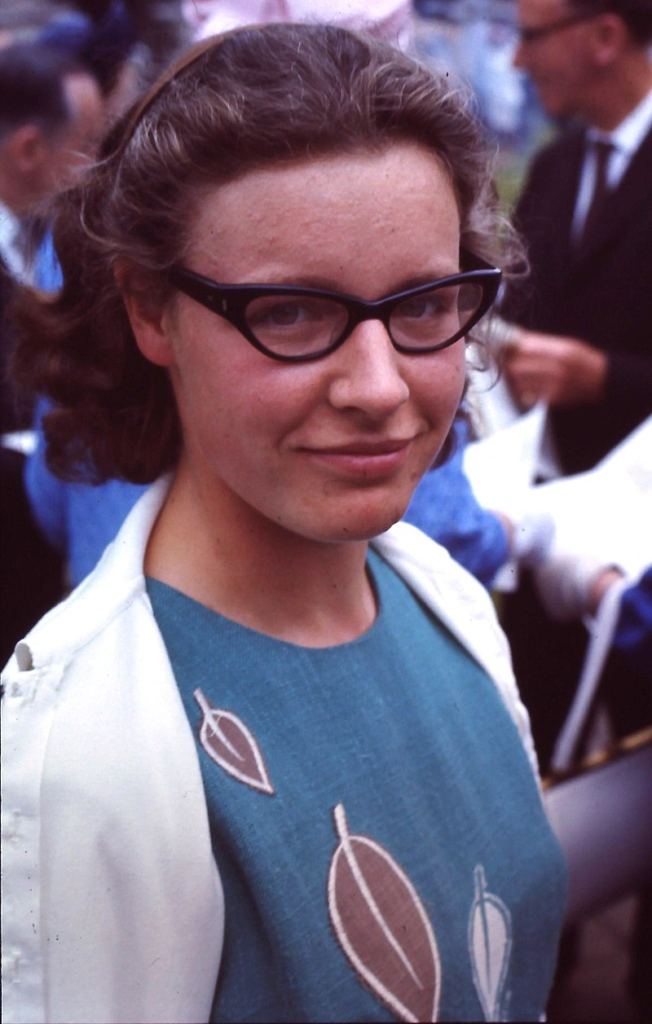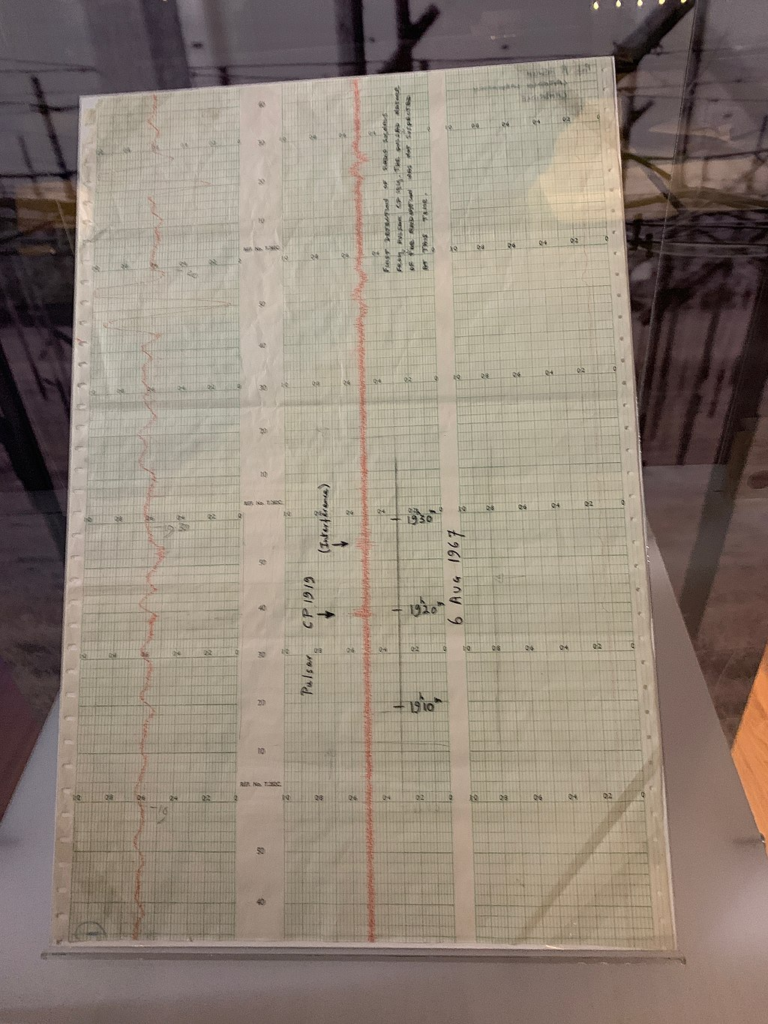“We often don’t get the credit for doing something that’s actually of value to society.”
This story of meeting and listening to someone so famous yet humble is quite an experience. I remember that day well.
It was a quiet and pleasant afternoon in 2018 when I was in Germany for higher studies. I was sitting in my department’s waiting area with a few classmates. Recent lectures were pretty brain-scratching, and I thought some relaxation was much needed. My classmates and I just got out of a scientific writing course lecture and were waiting for lunchtime. I was scrolling down my phone, looking at recent news, updates, and social media, when one of my friends asked, “Did you complete your cosmology exercises?”
I came back to my senses, “No! It was pretty hard.” I looked at him. “I am thinking of having a group session with some other classmates. You may join as well.”
We were talking when another classmate came over to us. “Are you guys going to attend the guest lecture due today?” She asked.
“Who is it?” I looked at her.
“It’s the lady who discovered pulsars.”
“Oh my God! Really? Jocelyn Bell?”
Believe it or not, I jumped off the chair with these exact expressions. The next moment, I ran towards the nearby research centre where she would present her talk.
In the lecture hall, there she was – Jocelyn Bell, giving lectures on how she became a distinguished woman in science. Answering many questions and narrating her story, I learned that women face much discrimination in technical fields.
Jocelyn’s Early Life
Dame Susan Jocelyn Bell Burnell, born on July 15 1943, is an astrophysicist from Northern Ireland. She was a postgraduate student and discovered pulsars in 1967.
She grew up in Lurgan, Northern Ireland, where she went to the Preparatory Department of Lurgan College and studied science despite the beliefs that boys and girls who studied technical subjects were supposed to learn cooking and cross-stitching. She completed her secondary education in 1961 from The Mount School, a Quaker girl’s boarding school in York, England. She received her Bachelor’s science degree in natural philosophy from Glasgow University in 1965, and then in 1969, she got her PhD from New Hall, Cambridge.

In Cambridge, she, with Antony Hewish and others, constructed an interplanetary scintillation array to study quasars. The Interplanetary Scintillation Array is a radio telescope built in 1967 at the Mullard Radio Astronomy Observatory in Cambridge, England, and was run by the Cavendish Astrophysics Group. The instrument’s initial area was 16,000 m2 or around 4 acres. It was expanded in 1978 to 9 acres and renovated in 1989.
Her Story
Her words echoed in the hall, “It was pretty tough because, at that time, it was a tradition that when a woman entered the lecture halls, all the men whistled, stamped, catcalled, and banged the desks. These were wooden lecture theatres, so you could easily make a lot of noise.
As the only female in the class, I had to face that. I learned to control and manage my blushing. At least when faced with that, I no longer blushed. I walked in still-faced and took my seat.”
I was surprised when I learnt how women are discriminated against in every field of life, yet I was impressed how Burnell stood her ground in the world of men. A world where women were discouraged from studying technical and tactical fields and forced to work on cooking and embroidery. There is no shame in women learning cooking and stitching, nor should there be a boundary created for them not to choose science fields.
She added, “It is true that there is a lot of hard work, and it took two years to build the radio telescope. For two years, she was working outdoors in all kinds of weather. Very healthy! But also a lot of work. In Britain, the Ph.D. program is three years, so two-thirds of my program was on building the equipment. We did not do the building full-time.
Typically, you would work in the mornings to build the equipment. There would be afternoon classes, lectures, discussions, or other work. It was quite a good mix. Healthy outdoor work in the morning and indoor intellectual creation in the afternoon. For some people like me, it was quite a lot of manual work. For other people, it is perhaps more pencil and paperwork, or these days, computer work. So, there is variety. Quite often, when you are training as a researcher, there is quite a lot of monotonous stuff.”
A world where women were discouraged from studying technical and tactical fields and forced to work on cooking and embroidery. There is no shame in women learning cooking and stitching, nor should there be a boundary created for them not to choose science fields.
Jocelyn’s Career and Research
At Cambridge with Antony Hewish, in 1967, Bell Burnell was trying to find more quasars, but they needed a new radio telescope. With her five colleagues, Burnell made a new radio telescope, was the first to operate it, and found new data for hundreds of quasars.
On August 6, 1967, Burnell received strange data on her readouts, which she couldn’t recognize, so she labelled it with a question mark and moved on. But the data kept coming from a specific part of the sky, lodged in Burnell’s mind. It seemed like a bit of scruff data, a series of rapid impulses coming at 1.3 seconds, appearing too fast to be coming from a star. The data didn’t seem to go from the quasars they were looking for, but it was coming regularly from the same patch of sky, which drove their curiosity.

In those days, they didn’t have computers or screens to monitor real-time data. The data was printed on long horizontal sheets of paper, and people had to analyze it by the eye. During her guest lecture, she told us she was so curious about this new signal that she had to study 3-kilometre-long papers daily. We think life is hard for us today, but going through 3 km long paper is just. I can’t imagine the hassle!
Bell and her advisor, Hewish, jokingly named this scruff of data as “little green men.” Both of them were convinced that the signal was artificial or that it could be alien signals.
However, she started to get the same type of signals from another place, then from third and fourth place. It was unusual because neither aliens’ signals could reach them from four different places in the sky, nor could it be some strange artificial interference. It was a strange mystery to them; one cannot be ignored. Later, the objects were identified as pulsars, rapidly spinning neutron stars sending pulses in their direction.
In February 1968, they published a paper explaining the mysterious signals named pulsars. 1974, Hewish and his collaborator Sir Martin Ryle were awarded a Nobel prize for this discovery. Unfortunately, Bell Burnell was not included in it, which remains controversial.
The critical discovery of pulsars will always be associated with Jocelyn Bell. Her narrative motivates everyone who aspires to make their mark in the scientific community, not only for women but everyone else. Jocelyn symbolizes what makes a great scientist—unwavering determination, a dedication to meticulous observation, and a courageous exploration of the unexplored.
Listening to the awe-inspiring story of Jocelyn Bell by herself was a fantastic experience. The last thing, or the best advice for scientists or aspiring scientists, I received from her was:
“Always look for anomalies. No wonder what lies in there!”
Also Read: HIPPOCRATES VS PASTEUR: IS MODERN MEDICINE REALLY AN UPGRADE?

Adnan Baig is a space science graduate who also served as a student research assistant at the Leibniz Institute of Astrophysics, Potsdam, Germany. He has co-authored several international research publications. Adnan is interested in space research, astrophysics, environmental science, nature photography, writing, reading and watching movies and anime.

